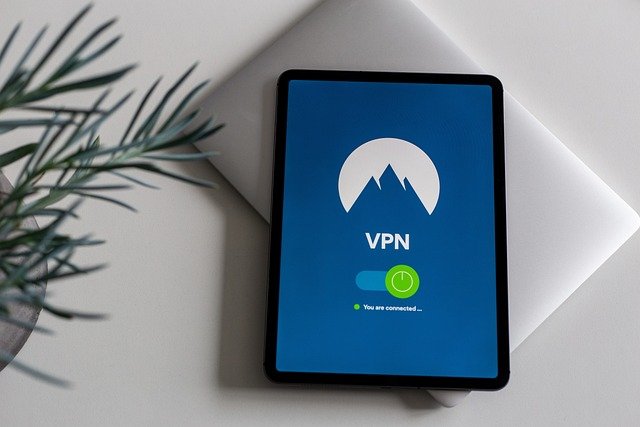Verifying authenticity: practical steps for global connections
Establishing genuine global connections online requires careful steps to verify profiles, preserve privacy, and foster clear communication. This article outlines practical checks and everyday habits—across apps, devices, and conversations—that help reduce risk and build trust when meeting people from different regions.

Building authentic global connections means combining digital caution with clear communication and cultural awareness. When meeting people through apps, it helps to verify basic details, watch for consistent branding across profiles, and use secure devices. Visual cues like image quality, background settings, or graphic style can reveal inconsistencies. This article offers practical, step-by-step methods to assess authenticity while respecting privacy and avoiding assumptions.
apps: verifying profiles and device signals
Look for app-level verification features such as verified badges, phone or email confirmation, and linked social accounts. Check how recently an account was created and whether photos appear across multiple platforms—reverse image searches can reveal if an image was lifted from elsewhere. Pay attention to device signals too: messages sent from a consistent device or app version may feel more reliable than one-off account activity coming from many different gadgets. Avoid sharing personal device information until trust is established.
branding: checking profile consistency
Profiles often reveal personal branding choices—usernames, bios, and graphics—that should align across platforms. Inconsistent branding (for example, a profile that claims professional status but uses amateur cassette-era imagery or mismatched graphics) can be a red flag. Consider how the person presents their interests: mentions of interior design, dining room hobbies, or specific furniture preferences should match conversational claims. Legitimate users typically show a coherent online presence rather than fragmented or contradictory details.
communication: safe conversation practices
Maintain clear, paced communication. Ask open-ended questions about everyday contexts—kitchen routines, park activities, or local recreation—to see how detailed and consistent responses are. Scammers often stick to scripted replies or steer conversations away from specifics. Use the app’s communication tools where possible and prefer voice or video calls after initial text exchange to confirm identity. Keep sensitive information private and resist pressure to move conversations to unfamiliar devices or unencrypted channels.
digital graphics and color: spotting fake images
Examine images for signs of editing: inconsistent color grading, mismatched shadows, or compressed graphics that obscure details. Profiles that repeatedly use stock-like photos or highly stylized color palettes can indicate inauthentic accounts. A casual photo taken in a kitchen, park, or living room with natural lighting is harder to fake convincingly than one with heavy post-processing. Use reverse image searches and ask for a real-time photo or short video in a specific pose to validate imagery without compromising privacy.
gadget and interior cues: what to notice
Small cues can validate a person’s daily life—visible gadgets, device models, or interior design elements such as furniture placement, a cassette player, or kitchenware. Genuine users will often share incidental details like a favorite gadget or a recent furniture purchase; these support consistency when later referenced in conversation. Be mindful, though: staged backgrounds can be crafted. Look for natural interactions with the space—moving between rooms, ambient sounds, or lifelike reflections—which are harder to replicate convincingly.
community contexts: parks, retirement homes, and grave details
Asking about local recreation spots, parks, or community services can reveal authenticity without intrusive questions. For older adults or those mentioning senior contexts such as retirement home involvement, check for realistic references to local amenities, schedules, or community events. Discussions about visits to cemeteries or grave observances should be handled sensitively; genuine accounts will typically convey natural emotional detail rather than vague statements. Community-based details help paint a fuller picture while respecting boundaries.
Conclusion Verifying authenticity in global connections requires a blend of practical checks—app verification tools, consistent branding, careful communication, image validation, and attention to everyday cues. Prioritizing privacy, using secure devices and platforms, and asking respectful, specific questions about daily contexts can reduce risk and help determine whether an online connection is genuine. Thoughtful observation and patience are key to building reliable, cross-border relationships without compromising safety.






